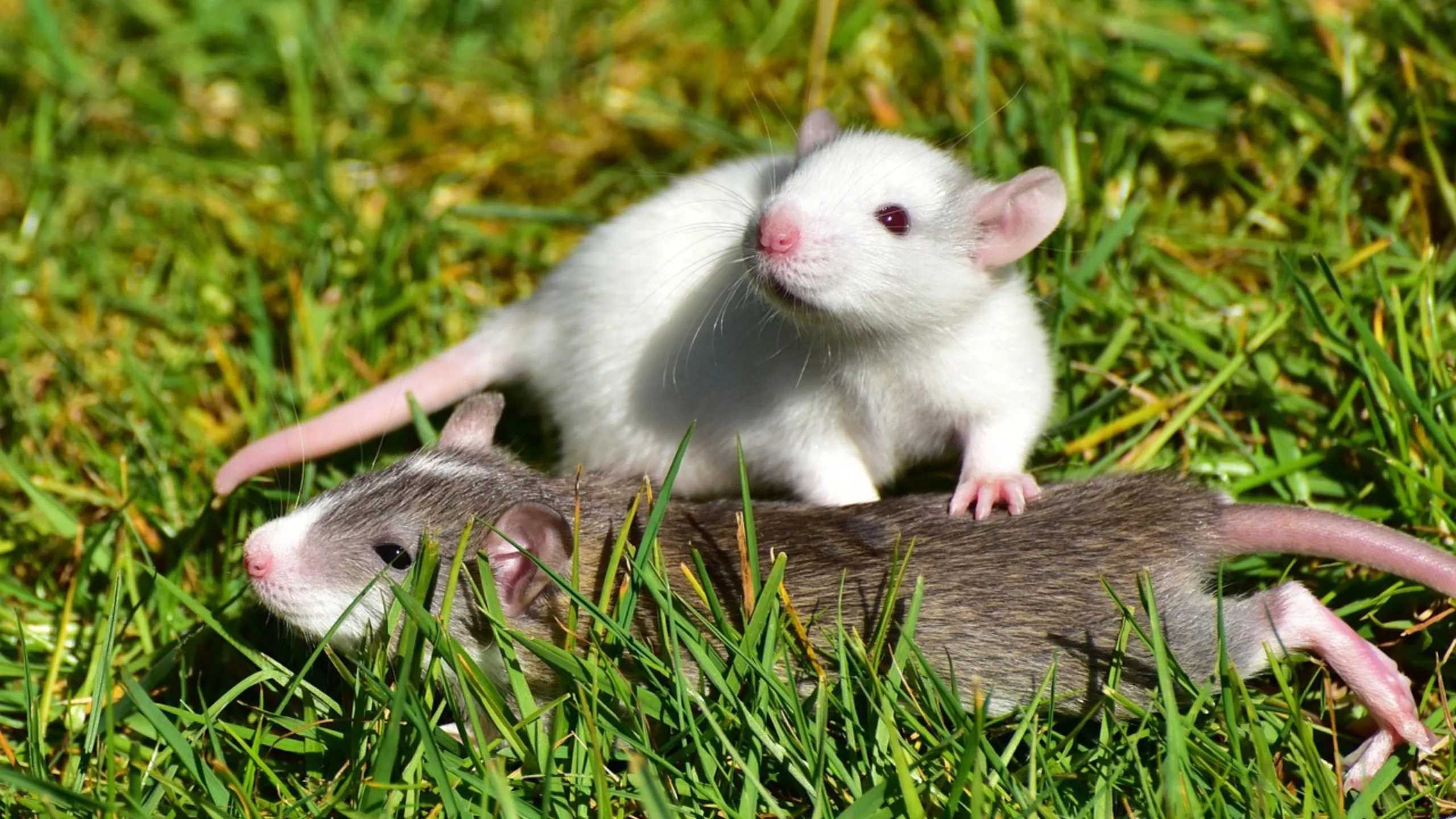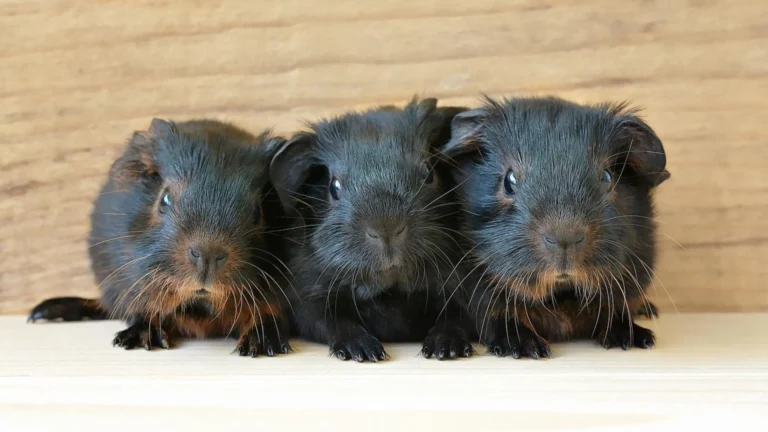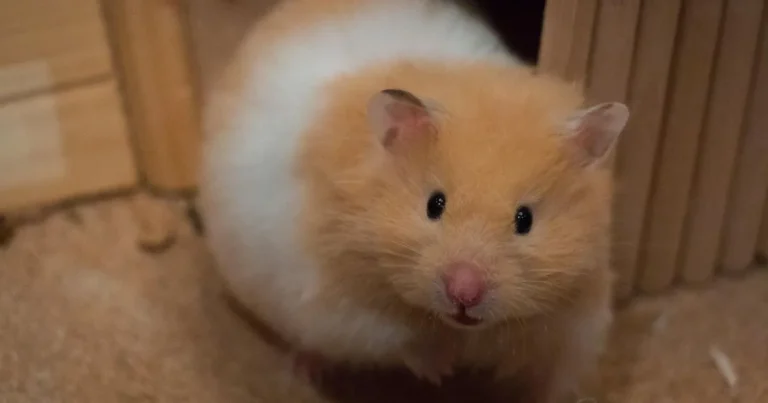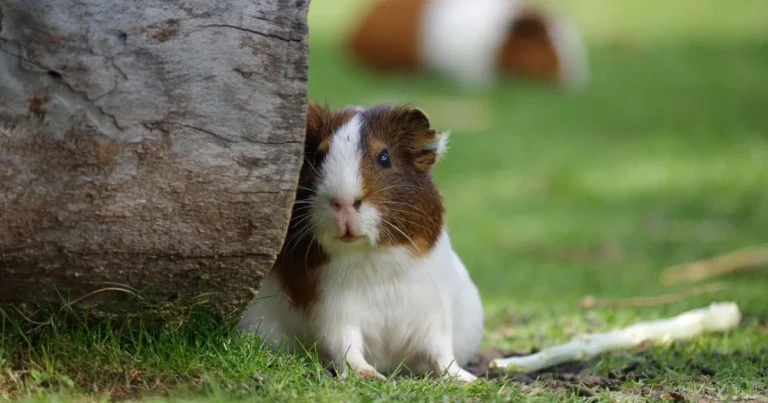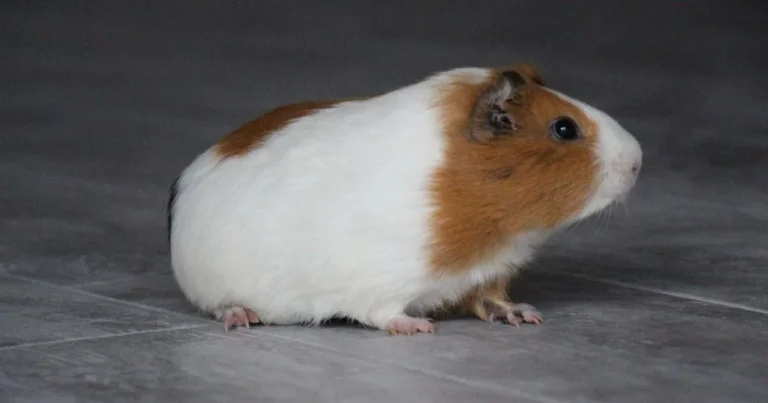Rat Life Expectancy Explained: Wild vs. Pet Rats
Table of Contents
Ever wondered about the secret world of rats living right alongside us? These tiny creatures have stories that might surprise you. Whether scurrying through urban alleys or nestled in a cozy pet habitat, rats experience dramatically different rat life expectancy depending on their environment.
When you think about rat lifespan, the contrast between wild and domesticated rats is striking. Wild rats face constant survival challenges, battling predators, harsh weather, and limited resources. Your pet rat, protected and nurtured, enjoys a significantly longer and more comfortable existence.
Understanding rat life expectancy isn’t just scientific curiosity—it’s about appreciating these intelligent, adaptable creatures. From the rough streets to gentle home environments, rats demonstrate remarkable resilience. Their stories reveal how care, nutrition, and safety can dramatically extend their years.
This exploration will uncover the fascinating differences between wild and pet rats, revealing insights that might change how you view these often misunderstood animals. Get ready to dive into a world where every whisker tells a story of survival and companionship.
Understanding Different Types of Rats
Rats come in many varieties, each with its own traits. These traits affect their fancy rat life expectancy and behavior. Knowing these differences helps us see how smart and complex these creatures are.
Fancy Rats: Domesticated Companions
Fancy rats live between 2-3 years, making them the top pet choice. They are bred for companionship. This makes them different from wild rats.
- Bred specifically for pet ownership
- Gentler temperament
- Varied coat colors and patterns
- Smaller size compared to wild rats
Wild Rat Species: Nature’s Survivors
Wild rats are very different from fancy rats. They have strong survival instincts. This leads to shorter lifespans and different behaviors.
| Rat Type | Average Lifespan | Key Characteristics |
|---|---|---|
| Brown Rat | 1-2 years | Highly adaptable, urban environments |
| Black Rat | 1-1.5 years | Excellent climbers, agricultural areas |
Physical and Behavioral Contrasts
Fancy and wild rats look and act differently. Domesticated rats are more social. Wild rats focus on survival and defending their territory.
“Understanding rat varieties helps us appreciate their remarkable adaptability and intelligence.” – Rodent Research Institute
Knowing these differences gives us insights into rat behavior, health, and their potential as pets.
Rat Life Expectancy: Wild vs. Pet Rats
Rats in the wild and those as pets have very different lives. Pet rats live longer and safer than wild ones. On average, pet rats live 2 to 3 years. But, wild rats only make it to 1.8 years due to tough living conditions.
There are key reasons for this big difference:
- Protection from predators
- Consistent nutritional care
- Regular veterinary checkups
- Controlled living conditions
Wild rats have it tough. They must avoid predators, find food, and deal with harsh weather. But, pet rats get special care that makes them live longer.
“A well-cared-for pet rat can live up to three times longer than a wild rat,” says veterinary expert Dr. Maria Rodriguez.
Your pet rat’s home is very important for its life span. Good housing, the right food, and less stress can help it live longer. This means you get to spend more time with your pet.
Environmental Factors Affecting Rat Longevity
Caring for pet rats means creating a great home for them. This home should help them stay healthy and live longer. The place where your rat lives is very important for their health and how long they might live.
Housing Requirements for Optimal Rat Health
When you set up a home for your pet rats, remember these important things:
- Minimum cage size of 2 cubic feet per rat
- Multi-level cage with secure platforms
- Safe, absorbent bedding materials
- Secure latches to prevent escape
Temperature and Ventilation Considerations
The temperature and air quality are key for rat health. Keep the temperature between 65-80°F. Also, make sure there is gentle, steady airflow.
| Temperature Range | Rat Health Impact |
|---|---|
| Below 60°F | Risk of respiratory issues |
| Above 85°F | Potential heat stress |
| 65-80°F | Optimal comfort zone |
Stress Factors and Health Management
To reduce stress for your pet rats, do the following:
- Provide quiet, stable living areas
- Avoid sudden loud noises
- Keep daily routines consistent
- Ensure enough social interaction
Managing their environment well is crucial for your rats’ long-term health and happiness.
Diet and Nutrition Impact on Lifespan
Proper nutrition is key to keeping your rat healthy and long-lived. Knowing what to feed them can greatly improve their care and health.
A balanced diet for rats includes various nutritious foods. This ensures they get the nutrients they need for good health and a long life.
- High-quality rat pellets as a primary food source
- Fresh vegetables for essential nutrients
- Limited fresh fruits as occasional treats
- Clean, fresh water always available
When caring for your rat, avoid harmful foods. Certain human foods can be toxic to rats and should be strictly avoided.
| Recommended Foods | Foods to Avoid |
|---|---|
| Lean proteins | Chocolate |
| Whole grains | Citrus fruits |
| Dark leafy greens | Onions |
As rats get older, their diet needs change. Senior rats might need special diets. Talk to a vet who knows about exotic pets to find the best diet for them.
“Nutrition is the foundation of rat health and can dramatically influence their quality of life and longevity.” – Veterinary Nutrition Expert
Common Health Issues Affecting Rat Lifespan
Rat health can be complex, with several critical medical conditions potentially impacting rat aging and overall longevity. Understanding these health challenges helps you provide better care for your pet rat and recognize potential warning signs early.
Rats are susceptible to various medical issues that can significantly affect their quality of life and lifespan. Proactive monitoring and preventive care are essential for maintaining your rat’s well-being.
Respiratory Problems
Respiratory infections are among the most common health challenges for pet rats. These conditions can develop quickly and become serious if left untreated.
- Mycoplasma pneumonia is a frequent respiratory issue
- Symptoms include labored breathing and nasal discharge
- Regular veterinary check-ups can help detect early signs
Tumors and Cancer
Tumor development is particularly prevalent in rats, especially female rats. These growths can emerge rapidly and impact rat health significantly.
| Tumor Type | Prevalence | Age of Onset |
|---|---|---|
| Mammary Tumors | High | 12-18 months |
| Pituitary Tumors | Moderate | 18-24 months |
| Skin Tumors | Low | 15-24 months |
Dental Issues
Rats have continuously growing incisors that require regular maintenance. Improper dental care can lead to significant health complications.
- Overgrown teeth can prevent proper eating
- Regular chew toys help maintain dental health
- Professional trimming might be necessary
Early detection and veterinary intervention are crucial in managing these health challenges and supporting your rat’s longevity.
Maximizing Your Pet Rat’s Lifespan
To ensure your pet rat lives a long and healthy life, you need to care for them well. Rat longevity depends on several key factors. You can influence these by paying close attention and being committed.
Your rat’s health starts with a good care plan. Focus on several important areas:
- Regular veterinary check-ups
- Balanced nutrition
- Clean living environment
- Mental and physical stimulation
Veterinary care is vital for your rat’s long life. Make sure to schedule annual check-ups. This helps catch health issues early. A vet who specializes in exotic pets can give you the best advice for rats.
Good nutrition is also crucial. Give your rat a high-quality commercial rat diet with fresh veggies and occasional protein. Stay away from fatty treats that can harm their health.
Keeping your rat’s environment stimulating is important. Here are some ways to do that:
- Provide multi-level cage setups
- Offer interactive toys
- Allow supervised exploration time
- Rotate toys to prevent boredom
Spaying or neutering can also help your rat’s health. These procedures can lower the risk of tumors and might make them live longer. Talk to your vet about when to do these procedures.
“A well-cared-for rat is a happy rat, and happiness translates directly into better health and longevity.”
By following these tips, you can help your pet rat live a long, happy, and healthy life.
Social Needs and Mental Health
Rats are very social and need lots of mental and social interaction. Their mental health is as important as their physical health. This affects how happy and long they live.
Group Living Requirements
Understanding rat social behavior is key in pet rat care. They do best in small groups, especially with rats of the same kind. Living in pairs or small groups helps avoid:
- Loneliness and depression
- Behavioral problems
- Increased stress levels
Enrichment Activities
Keeping your rat’s mind active is crucial. Activities that challenge them include:
- Puzzle toys that challenge problem-solving skills
- Climbing structures and mazes
- Rotating play environments
- Interactive foraging games
Human Interaction Benefits
Regular time with humans is vital for pet rat care. Gentle handling and positive reinforcement can help:
| Interaction Type | Psychological Benefit |
|---|---|
| Daily handling | Reduces stress and builds trust |
| Playtime outside cage | Provides mental stimulation |
| Gentle training | Enhances cognitive engagement |
By focusing on social connections and mental stimulation, you can greatly improve your pet rat’s emotional health. This can even help them live longer.
Genetic Factors in Rat Longevity
Exploring the genetic makeup of rats offers deep insights into their lifespan and aging. Genetics are key in determining a rat’s life span and health issues they might face.
Different rat breeds have unique genetic traits that affect their health and how long they live. Through selective breeding, various genetic profiles have been developed. These profiles impact important aspects of rat health:
- Inherited disease resistance
- Metabolic efficiency
- Potential genetic vulnerabilities
Studies have found genetic markers that can forecast health risks in rats. Fancy rats, bred in controlled settings, show different genetic traits than wild rats. These differences affect:
- Susceptibility to specific diseases
- Potential tumor development
- Overall immune system strength
Genetic research is growing, looking into how genes affect rat aging and lifespan. Scientists are studying genetic changes that could increase rat life span and lower health risks.
Genetics set the stage, but environment and care are also crucial for a rat’s health and longevity. Knowing these genetic factors helps rat owners give better care and prepare for health issues.
Conclusion
Knowing how long rats live is more than just numbers. Taking good care of your pet rat can make a big difference. Wild rats usually don’t live long, but pet rats can live up to 2-3 years with the right care.
The life of a rodent depends on things you can control. Things like food, where they live, who they hang out with, and health care are key. Keeping your rat healthy means regular vet visits, good food, clean spaces, and fun activities.
Rats are smart and like to be around others. They need more than just food and water. By understanding their needs, you can make their life better. Spending time with them, giving them fun things to do, and keeping an eye on their health is important.
Being a good rat owner can make a big difference in their life. With the right care and attention, your rat can live a long, happy life. This goes beyond just living longer; it’s about living well.

